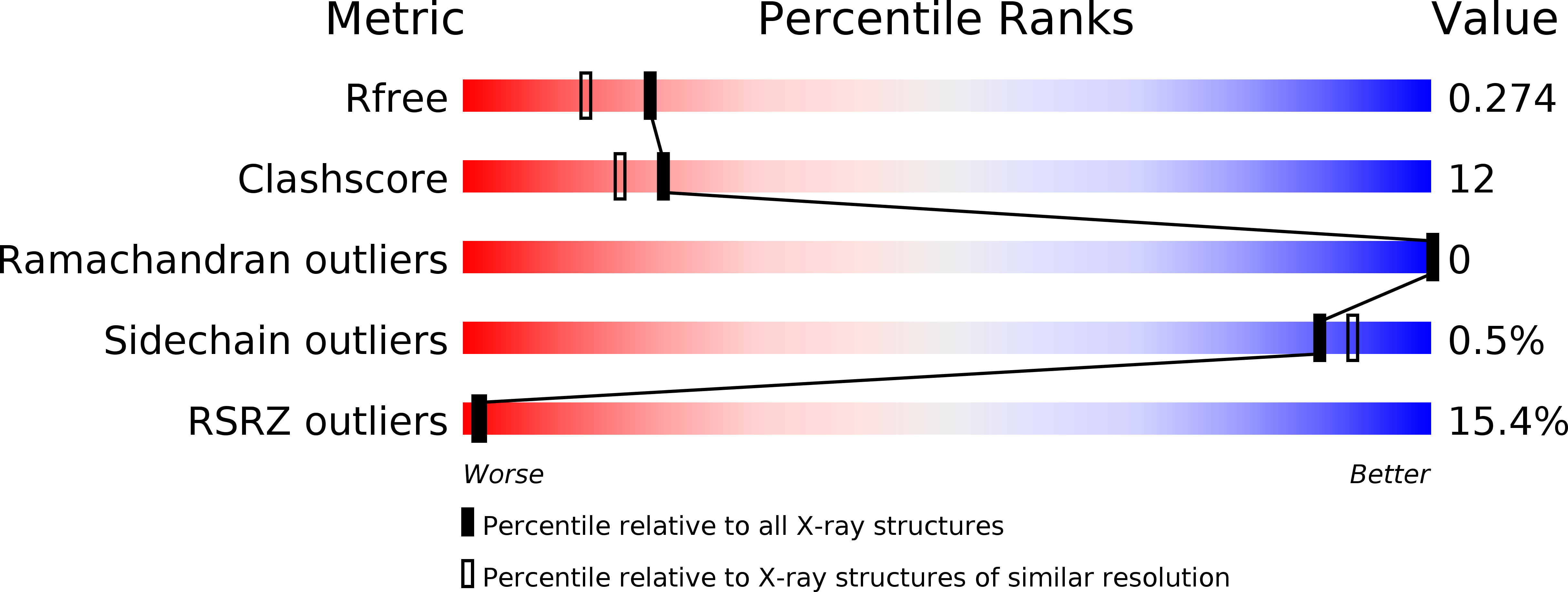
Deposition Date
2018-10-16
Release Date
2019-01-02
Last Version Date
2024-11-06
Method Details:
Experimental Method:
Resolution:
2.00 Å
R-Value Free:
0.27
R-Value Work:
0.23
R-Value Observed:
0.23
Space Group:
P 41 21 2


